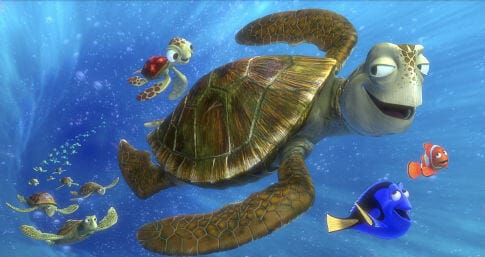Nov 14, 2024
Some (slightly nerdy) thoughts on AI and the future of design tooling
Creator of Dive
1 — We need to move past the blank slate
So much of building with AI tools today involves creating from a blank slate. Whether it’s typing a prompt into V0 or using Figma’s “First Draft” feature.
But in order for AI to earn its place in our daily workflows, the tooling needs to:
be deeply integrated into our product’s visual language
make it easy to explore within an existing flow or screen (where most of our designing happens)
Creating usable code that looks pretty isn’t the hard part.
If you want to ship, then you need to assimilate into engineering workflows and generate code your developers are excited to use
2 — QA is an untapped opportunity
Once code is written, your designs don’t matter anymore. Who cares how tidy your layout is in Figma if the frontend is jank.
It’s why “handoff” feels high pressure for many designers. I’ve definitely worked on teams where I felt like I had to pick and choose my quality battles because I only had so many times I could ask “hey could you add a transition on this hover state?”
There’s a hidden social cost to QA’ing software and it caps quality.
So what does the opposite of high-pressure handoff look like? Well… it reminds me of when Henry Modisett said that Perplexity’s hack was having designers that could code 👇
I'll go back and fix things or make things better just because I have an hour. It's not a process problem. It's an empowerment problem. If you build a culture where people really feel like this is their baby and they lose sleep when it's not as good as they want it to be, this stuff just happens.
— Henry Modisett
I like to think of what Henry is describing as the process of sanding the UI down. The problem is most teams don’t have designers who can freely jump in and improve things when they have an hour though…
That’s why I’m so excited about Dessn.
I want to be empowered to contribute to production instead of always having to be reliant on engineers 💪
3 — Timing the tooling landscape
Although I think QA is an intriguing “wedge” to enter the design tooling landscape, how long does it really last??
If designers everywhere can ship their ideas, does QA even exist as we know it in the long run?
“Too many AI companies focus on automating the existing work instead of asking if this is even the right work to be doing to begin with”
— Gabriella Hachem
That’s why Dessn says “if you build with us… then QA goes away”. And many of their recent explorations look a lot more like V0 than redlining in Github comments.
This is why I’m so fascinated with AI startups today. Timing the market has never been more of a puzzle. You have to solve a short run problem while building toward a future that is murky at best.
I sort of picture the tooling landscape like the East Australian Current from Finding Nemo 😅 Choosing your entry point is everything.

If you’re too short-sighted, then you build toward an old-world paradigm and AI passes you buy.
On the flip side, there will be a graveyard of companies who were “too early” 🪦
4 — Taste in curation vs. creation
In Library of Babel, Jorge Luis Borges portrays an infinite library containing books of every possible combination of letters. Most are gibberish, but there’s also a shelf somewhere where Harry Potter exists.
In theory, UI works the same way.
For every interface, there are millions of permutations that exist in a hypothetical latent space. What if LLMs could help us see those possibilities at an unimaginable scale? What patterns would need to be created to help designers wield that power?
This begs the question… is taste only about crafting the interface?
Or is there enough taste in the selection process that the best designers could still differentiate themselves when operating at a near infinite scale?
“It’s like selecting the right bottle of wine for a party”
— Gabriella Hachem
Maybe taste becomes finding the weird but cool design that falls outside of distribution… and yet, you’re able to know that people will love it.
I’m still developing my thoughts on this one but it’s a fascinating concept to explore and a big reason why I invited bring Gab and Nim to jam for this week’s episode 👇





